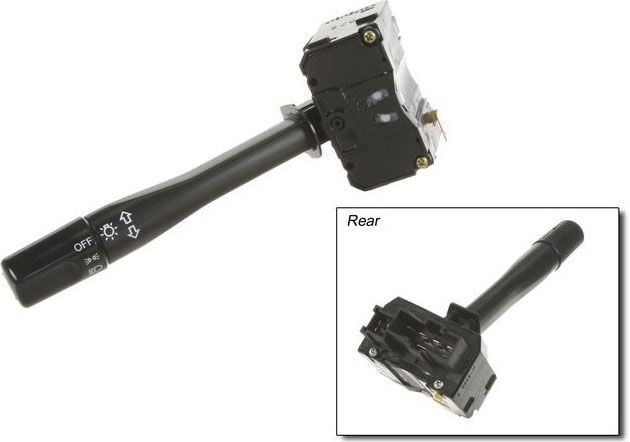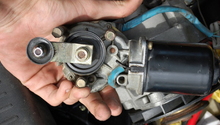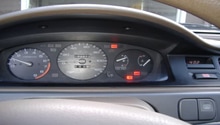Honda Civic: Why Are My Turn Signals Not Working Properly?
While many are guilty of not using them as much as they should, working turn signals are a requirement when switching lanes on the road. If they are not working, you may get a traffic citation. Read on to avoid paying a costly ticket.
This article applies to the Honda Civic/Del Sol (1992-2000).
It is expected for the turn signals to start blinking when the blinker switch is flipped, but that isn't always the case. Faulty turn signals aren't only unsafe, they could also point out an existing electrical issue in your Honda Civic. The most common reasons for faulty signals are bad bulbs, blown fuses, and a faulty blinker switch. This guide will show you how to diagnose each one of these components, and how to repair them.
Step 1 – Check the light bulbs
The light bulbs might be burnt out. The repair will cost you $3 to $9 doing it yourself, but between $50 to $75 taking it to a professional. This project will take you 15 to 25 minutes to complete.
If your turn signal lights are not working, it's best to first check the most likely reason, which is burnt light bulbs. Gain access to the headlight housing through the trunk. Then, unplug each light bulb's wire harness, and replace both bulbs with new ones. Turn signal light bulbs are inexpensive and if you don't know which ones to get, an auto parts store would likely tell you which are correct.

Step 2 – Check the fuses
The fuses might be blown. It will cost you between $2 to $4 to repair it yourself, and between $35 to $60 to get a professional to repair it. It will take you 5 to 10 minutes to complete.
Fuses are tiny and important components that people rarely think of until they fail. Fuses are there to keep your wiring and electrical system from becoming toast due to a sudden surge or fritz from one of your car's components. To diagnose if the turn signal light fuse is blown, refer to your Civic's owner's manual or on the cover of the under-dash fuse box (in the driver side foot well). Pull out the fuse to see if the inside wire is separated. If so, you will need to replace the fuse. Often times, a replacement fuse could be found in your glove box or in another location of the fuse box. If you need to purchase a new one, they are inexpensive.
Step 3 – Check the blinker switch
The blinker switch could be sending an intermittent signal or no signal at all. Doing it yourself will cost between $65 to $95, and it will cost $190 to $340 having a professional repair it. This repair will take you between an hour to an hour and half to complete.
Sixth generation Honda Civics commonly have issues with the blinker switch, which is also known as the combination switch. Sometimes, the plug connectors attached to it can become worn or corroded, causing it to malfunction. To diagnose the switch, you must disassemble the steering column and remove the switch. This is typically the most difficult problem to diagnose, but it is also the least likely. A bad signal sent from the switch could also cause your turn signals to blink at a faster rate than normal due to the switch sending a mixed signal or a higher electrical current.
If the switch does not seem to relay signals to the lights or if the turn signals blink faster than normal, it is likely the switch will need to be replaced. This is not a difficult repair to do yourself, but it would be much easier to have it replaced by an automotive mechanic.

Pro Tip
According to the Honda-Tech community, combination switches can also be cleaned to work properly without having to replace them.
Related Discussions
- Common Turn Signal Issues - Honda-Tech.com
- Why do My Turn Signals Blink Really Fast? - Honda-Tech.com
- Turn Signal Diagnosing Procedures - Honda-Tech.com






